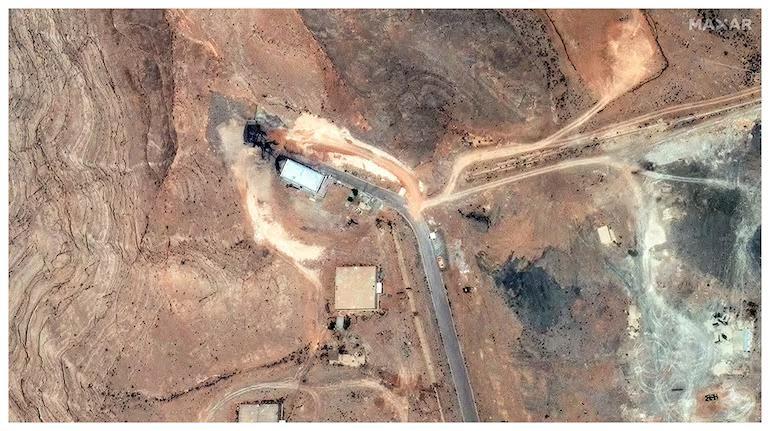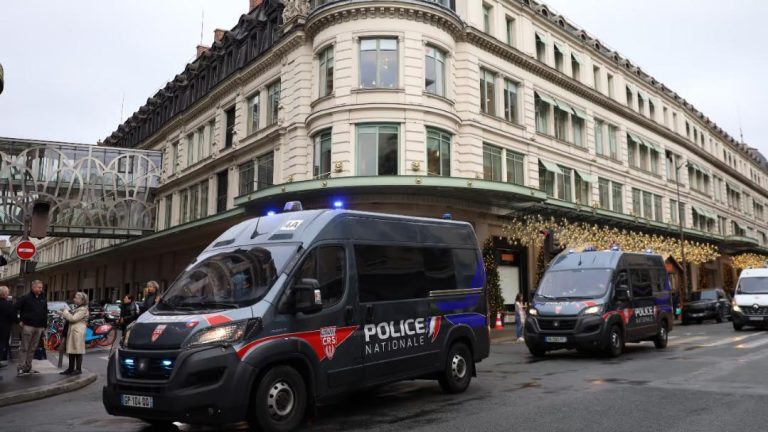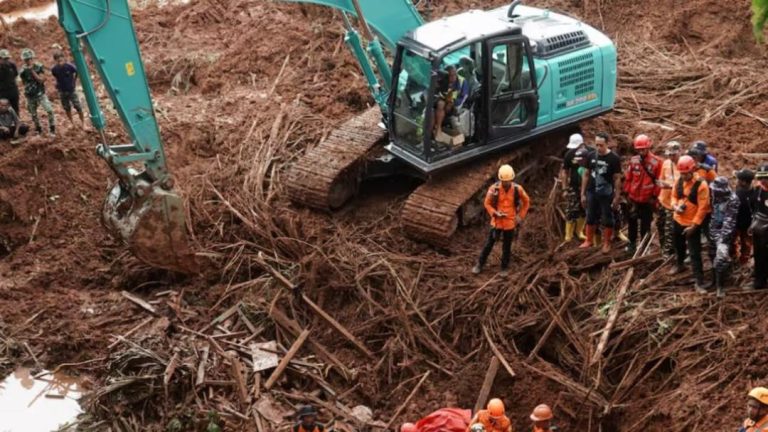
Iran Admits Nuclear Sites “Badly Damaged” in US Strikes
In a shocking admission, Iran’s foreign ministry spokesman, Esmaeil Baqaei, has confirmed that the country’s nuclear sites were badly damaged in recent strikes by the United States. The confirmation comes after days of denial and speculation about the extent of the damage caused by the US military operation, code-named “Operation Midnight Hammer”.
According to reports, the US flew seven B-2 bombers to strike three nuclear sites in Iran – Fordow, Natanz, and Isfahan – on the night of January 29. The operation was carried out without warning, catching the Iranian military off guard and leaving the country reeling.
In a rare and candid statement, Baqaei acknowledged the damage, saying, “Our nuclear installations have been badly damaged, that’s for sure.” The admission is a significant development in the ongoing standoff between Iran and the US, and marks a departure from Tehran’s previous denials of any damage to its nuclear facilities.
The US military operation was the most significant escalation in tensions between the two countries since the US withdrew from the Joint Comprehensive Plan of Action (JCPOA) in 2018. The JCPOA, also known as the Iran nuclear deal, was a nuclear agreement signed between Iran and six world powers, including the US, in 2015.
The deal aimed to limit Iran’s nuclear program in exchange for relief from economic sanctions. However, the US withdrawal from the deal led to the re-imposition of sanctions on Iran, crippling its economy and further straining relations between the two countries.
The recent strike by the US was seen as a response to Iran’s growing nuclear ambitions and its repeated violations of the JCPOA. In recent months, Iran has been enriching uranium to higher levels, exceeding the limits set by the deal, and has refused to allow international inspectors to visit its nuclear facilities.
The US military operation was designed to disrupt Iran’s nuclear program and to send a clear message to Tehran that it would not be tolerated. The strikes were also seen as a warning to other countries in the region that the US would not hesitate to take military action to protect its interests.
The extent of the damage caused by the US strikes is still unclear, but reports suggest that the facilities at Fordow, Natanz, and Isfahan were severely damaged. The Fordow facility, which is buried deep underground, was targeted specifically because of its ability to produce highly enriched uranium.
The Natanz facility, which is located in central Iran, was also damaged, although the extent of the damage is not yet clear. The Isfahan facility, which is located in western Iran, was reportedly hit by a series of precision-guided munitions.
The Iranian government has vowed to retaliate against the US for the strikes, and has increased its military presence along the border with Iraq. The country has also threatened to close the Strait of Hormuz, a critical waterway through which a significant portion of the world’s oil is transported.
The international community has reacted to the situation with caution, with many countries urging restraint and calling for dialogue to resolve the crisis. The European Union has condemned the US strikes, calling them a “violation of international law”. Russia and China have also criticized the US, saying that the strikes are a “provocation” and a “threat to regional security”.
In conclusion, Iran’s admission that its nuclear sites were badly damaged in US strikes marks a significant escalation in tensions between the two countries. The US military operation has sent a clear message to Tehran that it will not tolerate Iran’s nuclear ambitions, and has raised the stakes in the ongoing standoff between the two countries.
As the situation continues to unfold, it is clear that the world is watching with bated breath. The consequences of a US-Iran conflict could be catastrophic, with far-reaching implications for global security and stability.
Source:






